
In 1836, an idealistic young Mexican officer named José Enrique de la Peña chronicled his experiences during the Texas Revolution, including his participation in the Battle of the Alamo.
In 1975, the de la Peña diary/memoir was translated by Carmen Perry and published as With Santa Anna in Texas: A Personal Narrative of the Revolution. The book was remarkable for its heart-rending details of the suffering of Mexican soldiers and scathing criticism of Santa Anna and his senior officers, but it was a passage in Chapter 4 that drew international attention. De la Peña stated that seven Alamo defenders were captured, and Santa Anna ordered them executed. One of the prisoners was David Crockett.
The book ignited a firestorm of controversy. Many Alamo devotees – in and out of Texas – rejected any challenge to the cherished belief that Davy died fighting, while historians argued over the diary/memoir's authenticity. Crockett's death has been a topic of books since 1837, movies since 1909, and TV since 1953, and the debate smolders to this day: was Crockett killed in battle or captured and executed?
But what if Davy didn't die?
That's the explosive premise of Rescuing Crockett, the thrilling western historical fiction novel by David Z. Pyke.
Rescuing Crockett is not suggesting an alternate theory of Texas history. It's a work of fiction, though built on elements of Texas and Mexican history. Real people, places, events, and situations provide authenticity but are used fictitiously.
Throughout Rescuing Crockett, “Texian” is used to refer to the White, Black, and Tejano people of Texas instead of “Texan.”
Before Texas gained independence in 1836, the citizens of what would become the Republic of Texas—Tejanos, Americans from the southern United States, free Blacks, and settlers from England, Germany, the Netherlands, Sweden, Ireland, Scotland, Wales, Portugal, and eastern Europe—were known as Texians. According to the Telegraph and Texas Register from 1835, “We believe that, both by the Mexican and American residents of the country, the name commonly used is Texians.”
But after statehood, Anglo-Americans began pouring into Texas, and these newcomers preferred Texan. By the 1850s, Texian was being replaced by Texan, to the disappointment of long-time residents. In 1857, the Texas Almanac stated:
"Texian...has more euphony, and is better adapted to the conscience of poets who shall hereafter celebrate our deeds in sonorous strains than the harsh, abrupt, ungainly, appellation, Texan—impossible to rhyme with anything but the merest doggerel.”
The Almanac used Texian until 1868, and folks from the Republic period were still callling themselves Texians into the 20th century.
Approximately 80 percent of the named characters in Rescuing Crockett are fictionalized versions of historic figures. Here are a few:

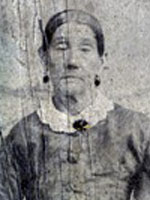


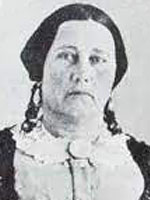
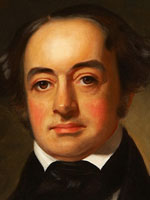
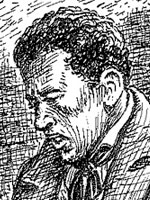

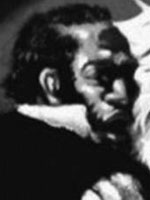
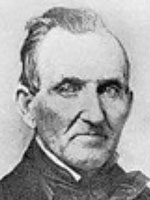
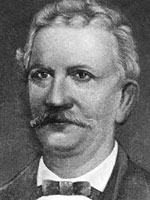
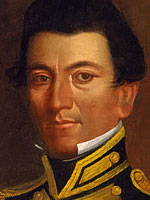
David Crockett didn't care for the nickname "Davy." He signed documents "David," and the title of his autobiography was A Narrative of the Life of David Crockett of the State of Tennessee.
Davy was associated with his king-of-the-wild-frontier persona, which was useful in his political career. Davy Crockett was the stuff of comic almanacs and inspired a play called The Lion of the West, about a character named Nimrod Wildfire.
Crockett's political career ended in 1835 when he lost an election for Congress, to which he advised constiuents, "You may all go to hell, and I will go to Texas." He did so, probably intending to leave Davy behind for good. After his death at the Alamo, however, Davy was popularized in books, magazines, comic books, song, and, much later, by actor Fess Parker in Disney's television miniseries, Davy Crockett.
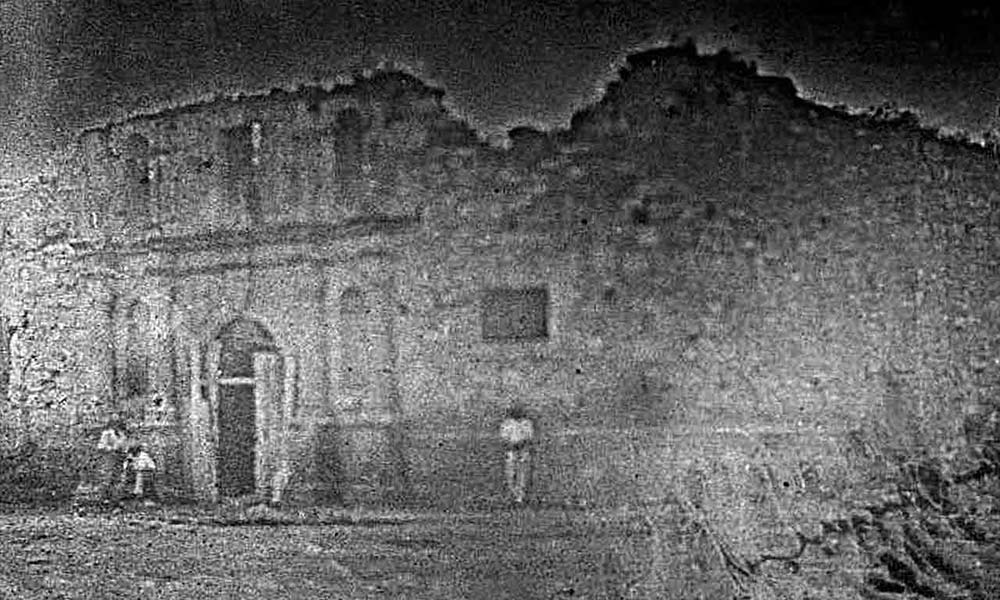
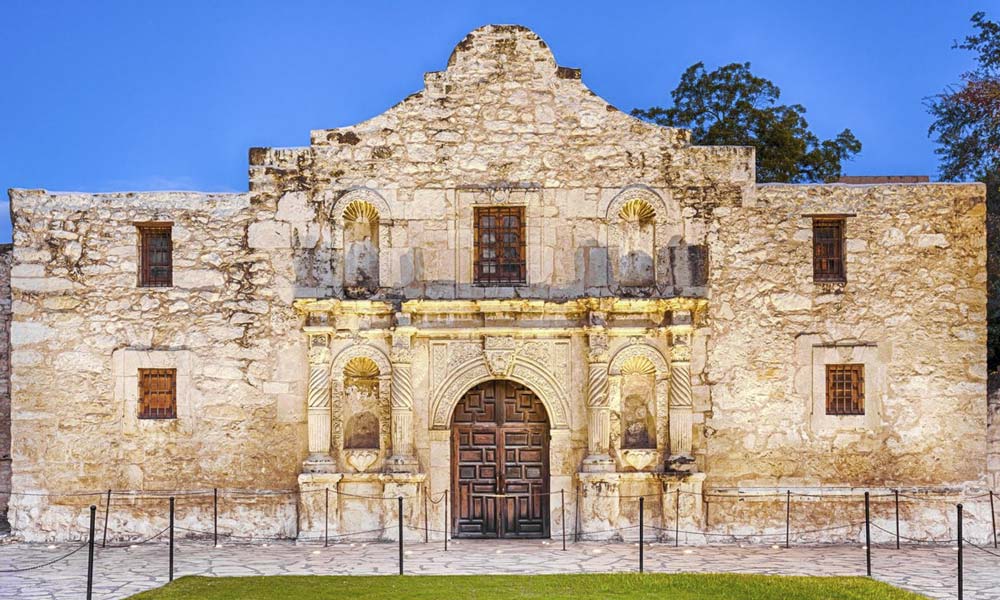
At the time of the battle in 1836 and at the time of the novel in 1838, the Alamo chapel did not have the iconic hump atop the chapel's façade.
The chapel was built in 1744, but the roof collapsed in 1756 and was never repaired.
After Texas became a state, the U.S. Army wanted to use the otherwise empty chapel for storage, so a roof was needed. The construction of a pitched or peaked roof required a support beam but there was nothing to which to attach that beam, so army engineers added the hump to hide the roof and seal the building from the weather.
The roof - and its supporting hump - were built in 1850.
Rescuing Crockett is on sale in paperback, hardcover, and eBook through the following retailers. Hardcover copies from Amazon are case laminate (full-color art printed directly on the cover).
Rescuing Crockett is adult fiction containing mild profanity, consensual sexual situations, and some graphic violence.